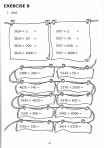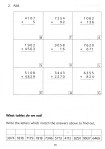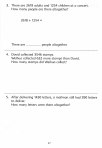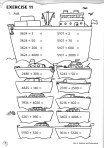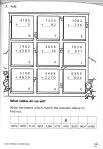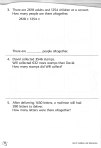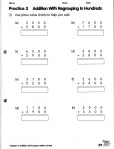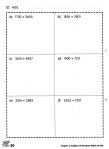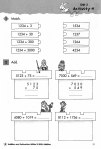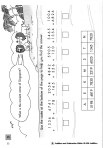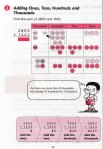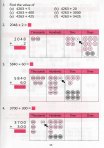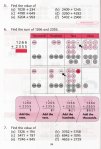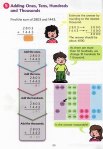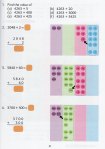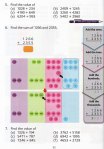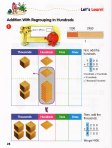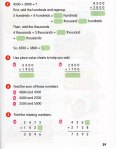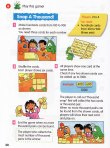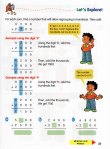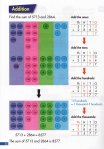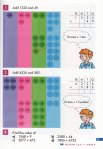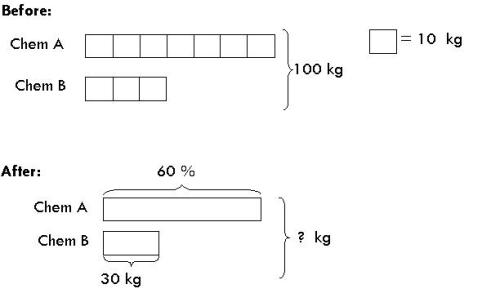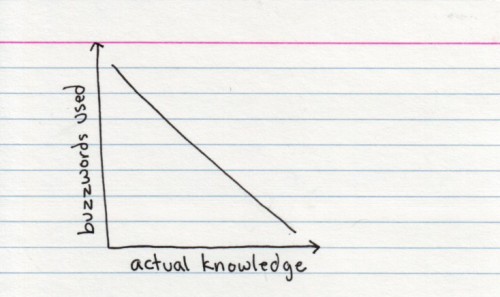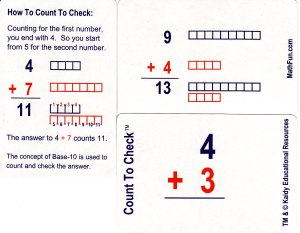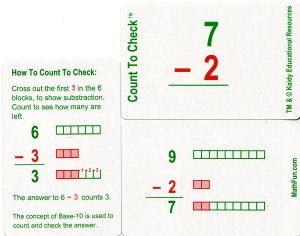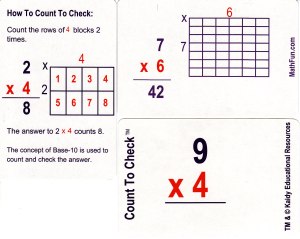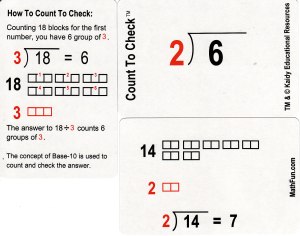First in a four-part series
I thought it might be interesting to provide examples of how a lesson is presented in four different sets of Singapore Math materials. Part 1 compares the materials where a lesson begins – the Teacher’s Guide. The rest of the series will include textbooks, workbook and supplemental materials.
All four sets of materials are listed below. The two editions of Primary Mathematics are currently in use throughout the United States. My Pals Are Here and Shaping Maths are currently in use in Singapore.
This overview doesn’t include the Math in Focus series by Marshall Cavendish and exclusive United States distributor Great Source (A division of Houghton Mifflin Harcourt) which will be available soon in the United States. Representatives at the NCTM Conference in Washington, D.C. stated that the Math in Focus content is based on the Singaporean edition of My Pals Are Here, with U.S. money and measurement the main additions. A listing of key topics can be found on the Great Source site.
The materials are all from the third grade level:
- Primary Mathematics U.S. Edition (2003) from SingaporeMath.com
- Primary Mathematics Standards Edition (2008) from SingaporeMath.com
- My Pals Are Here Maths (2007) obtained in Singapore from Marshall Cavendish Education
- Shaping Maths (2007) obtained in Singapore from Marshall Cavendish Education
Most people will display the cover of a book. You get the title, authors and little else. The back of the book, however, contains more interesting information. (Exception? The Primary Mathematics-U.S. Edition) These are from the 3A Teacher Guides and provide a brief overview of each series. For your reading ease, each thumbnail links to a full-sized file.
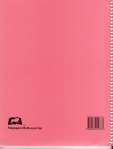
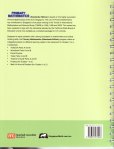
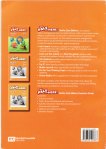
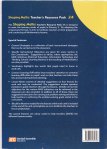
For comparison, I will be using the first lesson in the 3A materials from the unit on addition within 10,000 that introduces regrouping in the hundreds. All materials use the term “renaming” except My Pals Are Here, which uses “regrouping”.
Below are the names, pages and the stated objectives for the lesson from the corresponding Teacher’s Guide along with one page as an example:
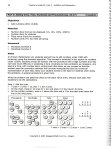
Primary Mathematics-U.S.: Adding Ones, Tens, Hundreds and Thousands (p. 22)
- Add numbers within 10,000.
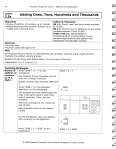
Primary Mathematics-Standards: Adding Ones, Tens, Hundreds and Thousands (p. 74)
- Review of addition of numbers up to 3 digits.
- Adding thousands with another number up to 4 digits with renaming once.
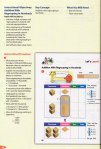
My Pals Are Here: Addition With Regrouping in Hundreds (p. 40)
- Add two 4-digit numbers with regrouping in hundreds using concrete representation.
- Show regrouping of hundreds to thousands and hundreds.
- Carry out vertical column addition by adding the hundreds first then the thousands with regrouping in the hundreds place
- Add without place value charts.
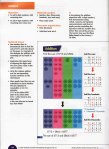
Shaping Maths: Addition (p. 56)
- To add 4-digit numbers with renaming once.
- To add 4 digit numbers with renaming more than once.
Both My Pals Are Here and Shaping Maths have a larger sized Teacher’s Guide (A4 size). This allows the publisher to include each page from the textbook, surrounded by:
My Pals Are Here: instructional objectives, instructional procedures, key concepts, materials, additional activities, individual work, heuristic for problem solving and thinking skills
Shaping Maths: objectives, lesson, materials, classroom organisation, vocabulary, general learning difficulties, IT, notes and textbook practice
The Teacher’s Guide for Primary Mathematics – Standards provides much more guidance. The layout of the material is more familiar to most teachers and looks a bit more like a typical American teacher manual. Although the Standards Edition provides California Standards, it would be easy to correlate these to another state’s standards. As a design, I like the spiral binding that allows the book to lay flat.
As we will see in the rest of the series, you should not choose a set of materials based on the Teacher’s Guide alone.
Next in the series:
Part 2 – Textbooks
Part 3 – Workbooks
Part 4 – Supplemental materials

